Excellent stock management is the driving force behind any successful business. Inventory management is an incredible skill that can improve your sales, giving you an edge over your competitors. If you are an entrepreneur looking to improve inventory management in your business, this guide is meant for you. In this article, we will focus on crucial topics like:
- What Is Inventory Management?
- Importance of Inventory Management for Small Businesses
- A Guide to Managing Inventory for Small Businesses
- Best Inventory Management Practices for Small Businesses
- What Is Inventory Management Part 1
- Importance of Inventory Management for Small Businesses Part 2
- A Guide to Managing Inventory for Small Businesses Part 3
- Best Inventory Management Practices for Small Businesses Part 4
Part 1
What Is Inventory Management?
An excellent inventory management system enables you to monitor consignments, production, and sales in your business venture. This system offers an excellent view into your stock, enabling you to effortlessly determine the demand level of your goods. With a comprehensive understanding of market trends, you can make informed decisions when restocking. An ideal inventory management strategy highlights overstocked commodities and which products are in short supply.
Using powerful market tracking capabilities, this system develops a strong relationship between a commodity’s market demand and its quantity in your warehouse. Using insights from this tool, you can accurately adjust your supply chain, ensuring that you have the right number of products at the right time.
ProsperForms – inventory information management software. Get Started Now
Part 2
Importance of Inventory Management for Small Businesses
At all business levels, a powerful inventory management system is crucial. This tool offers an excellent platform to help you understand current market trends and prevent under- or overstocking.
While having excess goods in your warehouse can result in serious storage problems, especially for small-scale business ventures, having too few of them is equally catastrophic.
However, with excellent inventory management, you can identify impending insufficiencies in your stock level and make the necessary adjustments.
An inventory management system is an invaluable business asset that offers dozens of benefits, including:
-
Enhances Production Prioritization
Market fluctuations are part of an entrepreneur’s daily life. There may be an influx in demand for a certain product and a decrease the next. To keep up with the erratic variances, modern production lines are incredibly flexible and can be calibrated to prioritize certain items over others.
By monitoring variances in both sales and production, an inventory system can quickly update and seamlessly adjust production rates, thus maintaining the balance between demand and supply. -
Improves Customer Service
Inclusive of a comprehensive list of unavailable goods, this incredible system provides an accurate update on your warehouse status, thus barring clients from placing orders for items that are out of stock.
-
Provides Theft Regulation
With your goods being monitored 24/7, the system seals all loopholes, making theft impossible.
Part 3
A Guide to Managing Inventory for Small Businesses
Managing inventory can be incredibly expensive and overwhelming. For small-scale ventures with limited resources, inventory issues can escalate to unprecedented levels in a matter of days.
Inventory management is about ensuring that your warehouses contain the right quantity of products at a given time. In this section, we will demystify this concept and provide you with a guide to managing inventory.
-
Understand Your Specific Type of Inventory
First and foremost, you must understand the exact kind of inventory your venture deals with. This requires establishing whether your venture manufactures its goods or deals with already finished products.
If you prefer manufacturing items, it is important to have a significant stash of raw materials so you can quickly produce items upon request. Additionally, you will need to frequently conduct a detailed inspection of your equipment to make sure it is in top-notch working condition.
However, if you are operating a retailing business, where you predominantly deal with finished products, you should have an adequate supply of items at standby. While this may strain your budget, especially for small-scale organizations, consider engaging multiple suppliers. This provides an alternative option in case your main supplier is unable to deliver. -
Always Keep an Eye on the Market Curve
So, you have devised a reliable technique to ensure that you have an adequate number of items in stock to fully satisfy your customers’ needs. However, the modern market environment is known for erratic demand fluctuations. While constant changes in demand can breed either under- or overstocking, an excellent inventory management system should increase or decrease your stock levels with respect to the current market demand.
This enables you to determine the precise number of each item, thus optimizing the limited warehouse space. This inventory management technique is ideal for ventures experiencing challenges with storage space, especially small-scale business ventures. -
Ensure Excellent Tracking
Besides ensuring you have the right number of items in your warehouse, superb inventory management features incredible stock tracking systems. Inclusive of brief descriptions of specific items, a perfect inventory system accurately highlights the location, supplier, and value of your stock.
With precise knowledge of where each item is stored, you will avoid the trouble of locating a specific item among the thousands available, thus enhancing the delivery procedure.
Tip: Manual tracking does not require any upfront investment, only perfect documentation of products. It is considered the ideal option for small-scale ventures. However, if you are willing to spend a few dollars, computerized inventory tracking is a better choice. -
Keep Good Shelves
Lastly, ensuring neat and applicable storage rooms or shelves is an ingenious inventory management technique. With perfect shelves, you can seamlessly integrate the first in, first out (FIFO) principle, thus enhancing your inventory management workflow.
Part 4
Best Inventory Management Practices for Small Businesses
To develop an exceptional inventory management technique and thrive in a small-scale business scenario, here are some of the best practices to observe:
-
Set Least Stock Levels
Predominantly formulating minimum stock level is crucial for small-scale businesses. This helps establish a warehouse warning system that notifies you when a specific product is approaching a critical level, thus ensuring ample restocking time.
-
Consider Engaging Multiple Suppliers
Whether you run a retail or production business, suppliers are an integral part of your inventory management. Contractors are responsible for delivering raw materials or finished products upon ordering. Maintain a constant supply of items — your supplier is the backbone of your entire supply chain.
Sometimes, your main supplier may be unable to meet your immediate demands, resulting in communication breakdown or insufficiency of production materials. As a supply breakdown can be a major blow, relying on one supplier is dangerous. Consider contracting several merchants whom you can contact if your main supplier is unable to fill an order. -
Incorporate Technology
Although expensive for startup ventures, integrating technology in your inventory management systems is a great way to streamline your business.
Conclusion
Hiccups in your inventory management can breed a diminishing revenue curve, greatly affecting the general performance of your small-scale business venture. Thus, a comprehensive understanding of various aspects of this niche is imperative.
ProsperForms – inventory information management software. Get Started Now
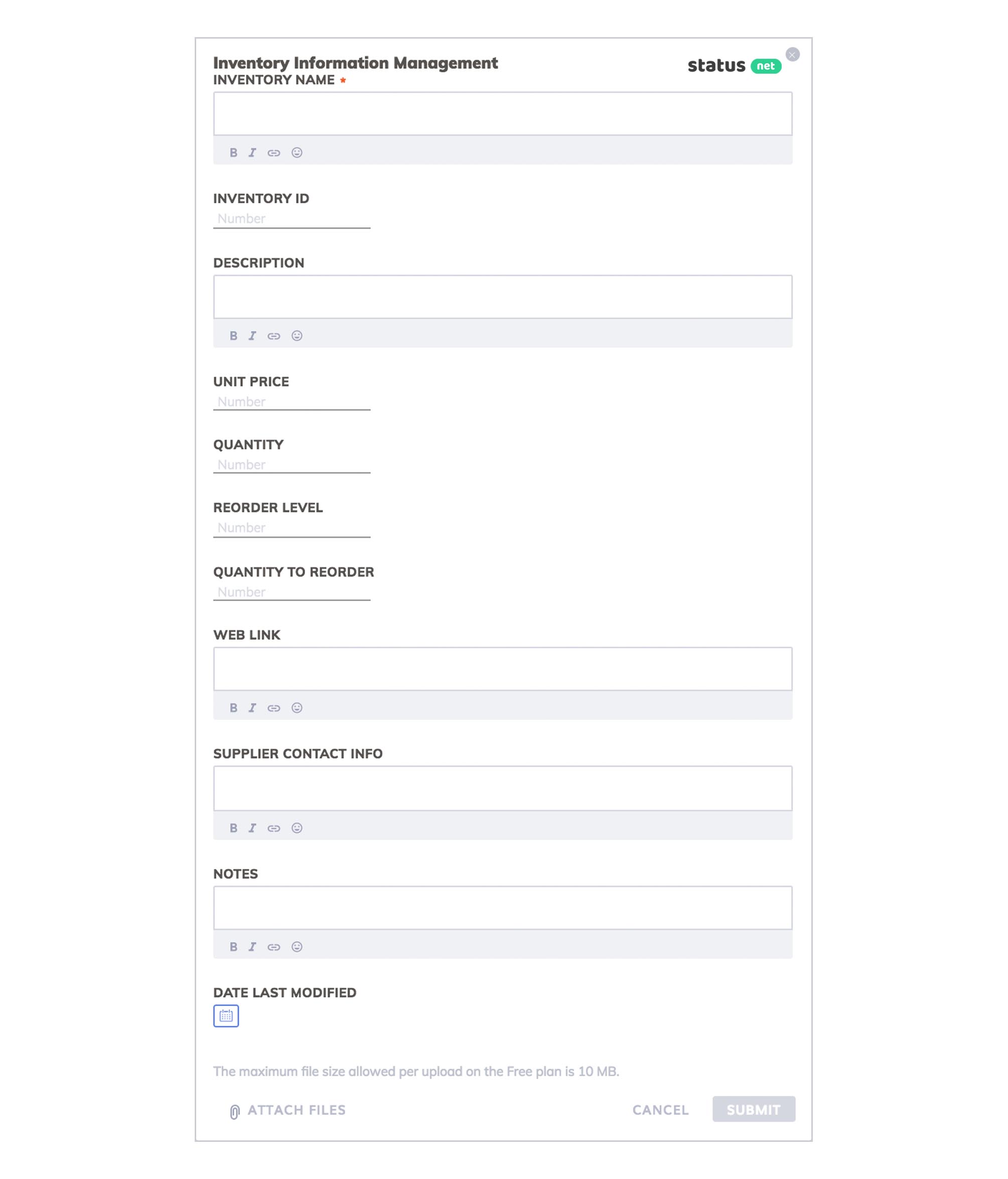

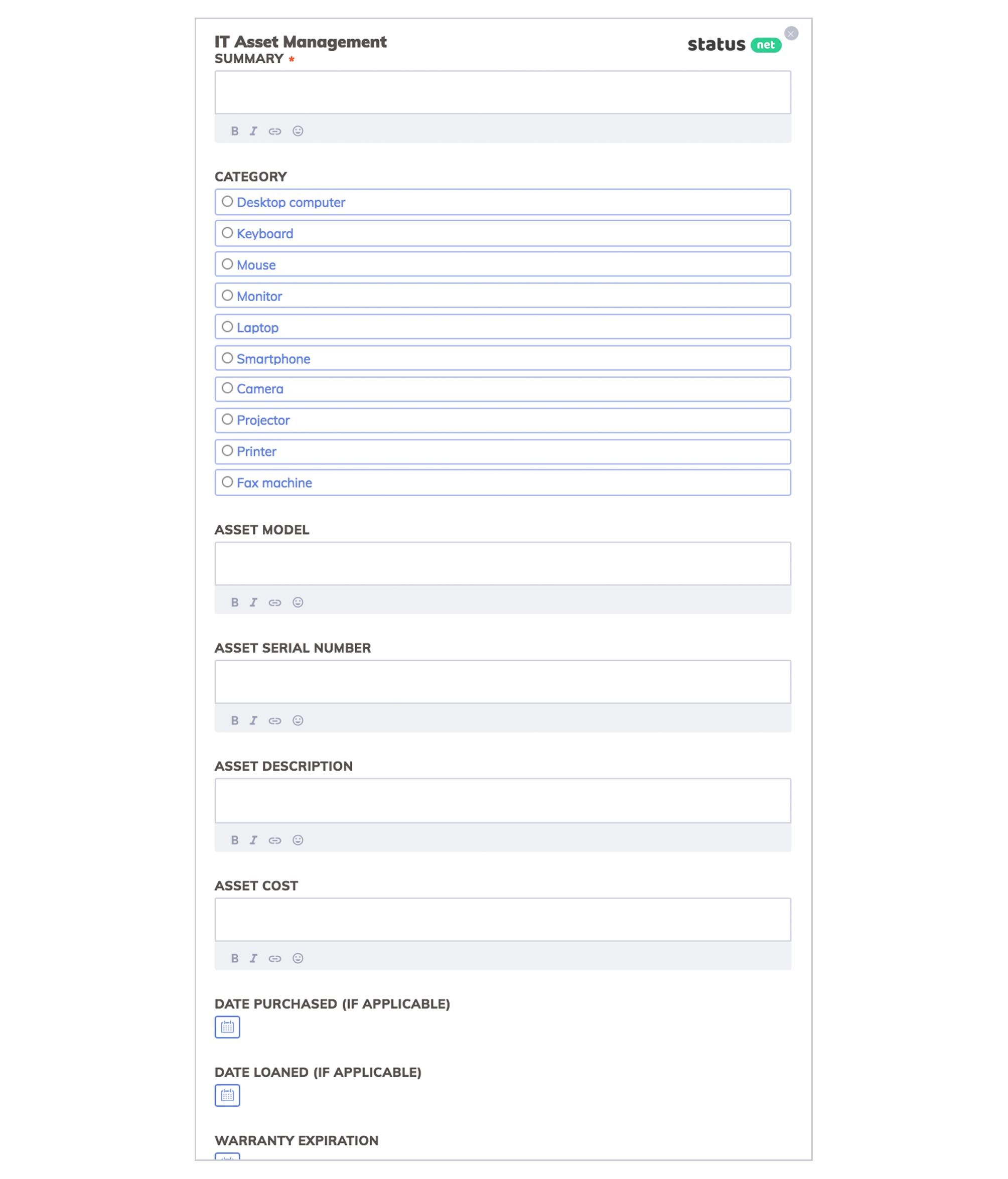
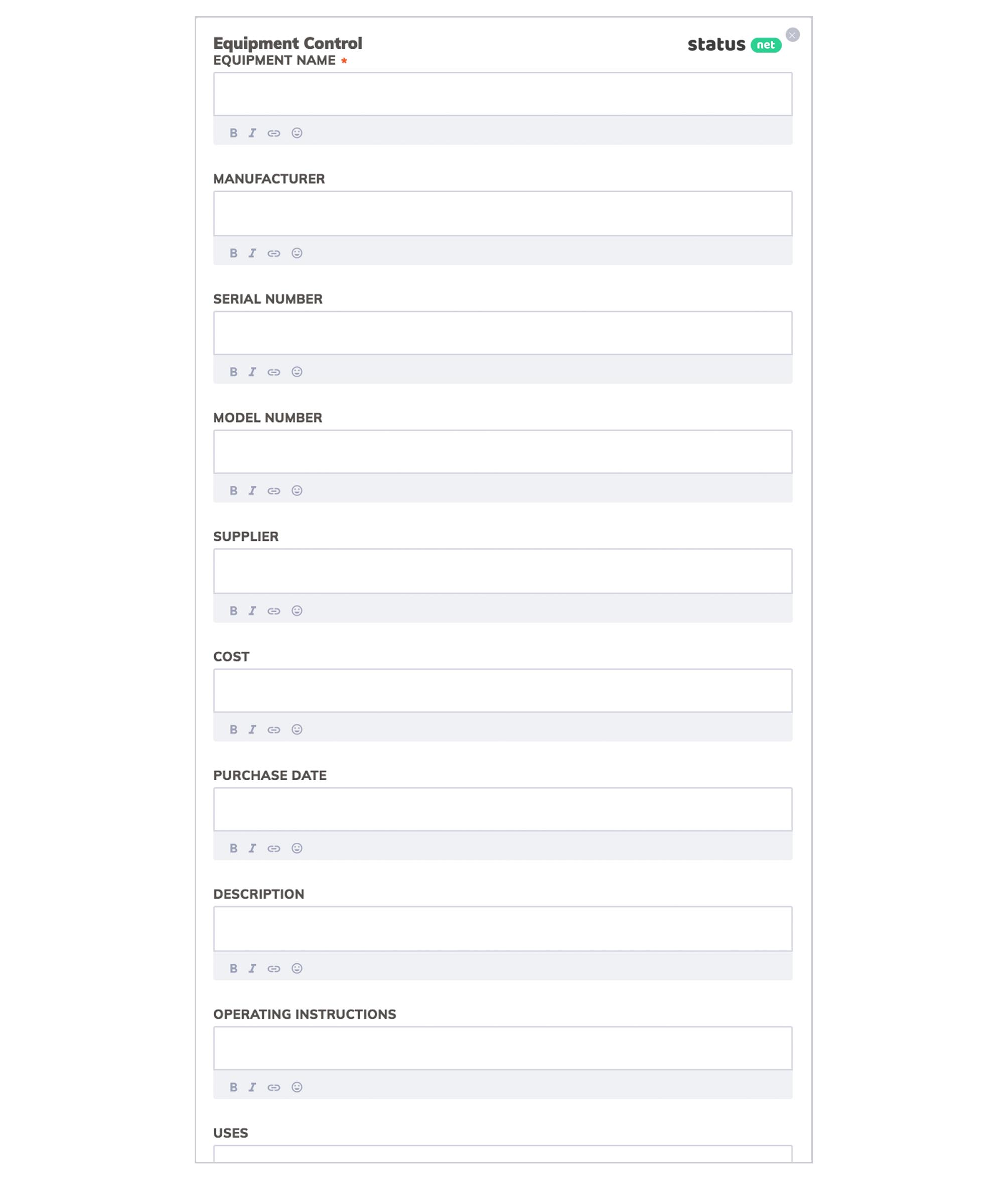
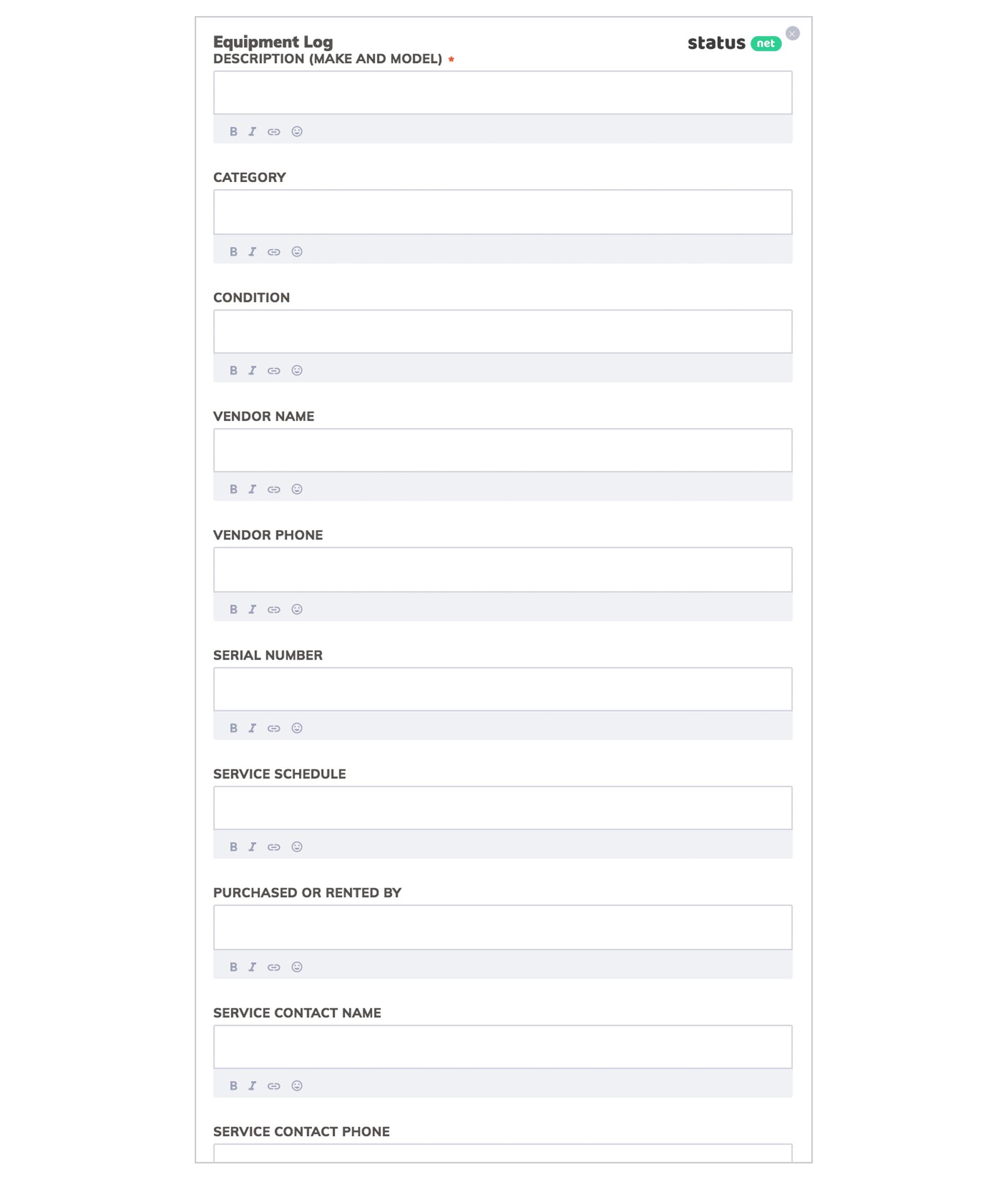
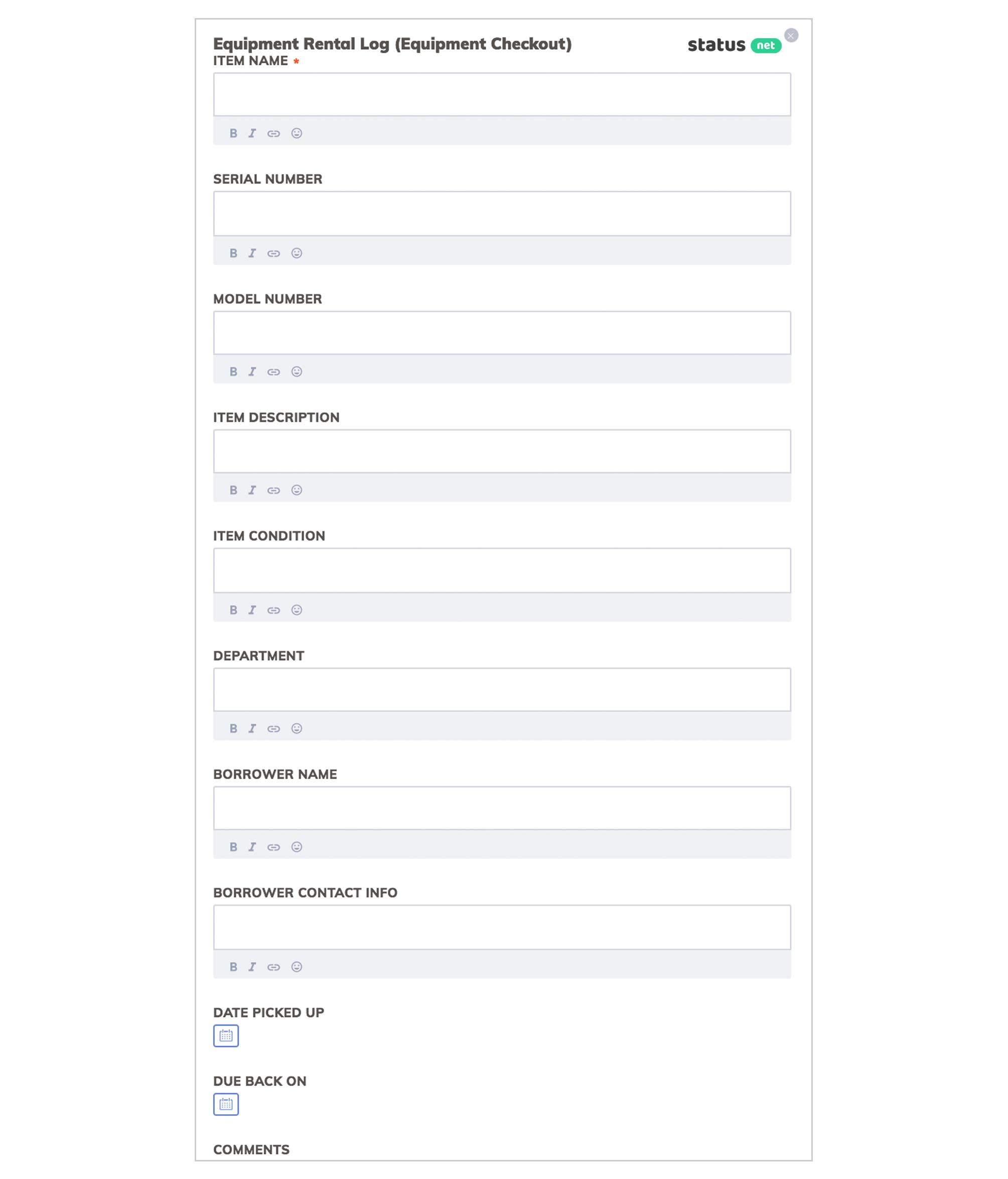
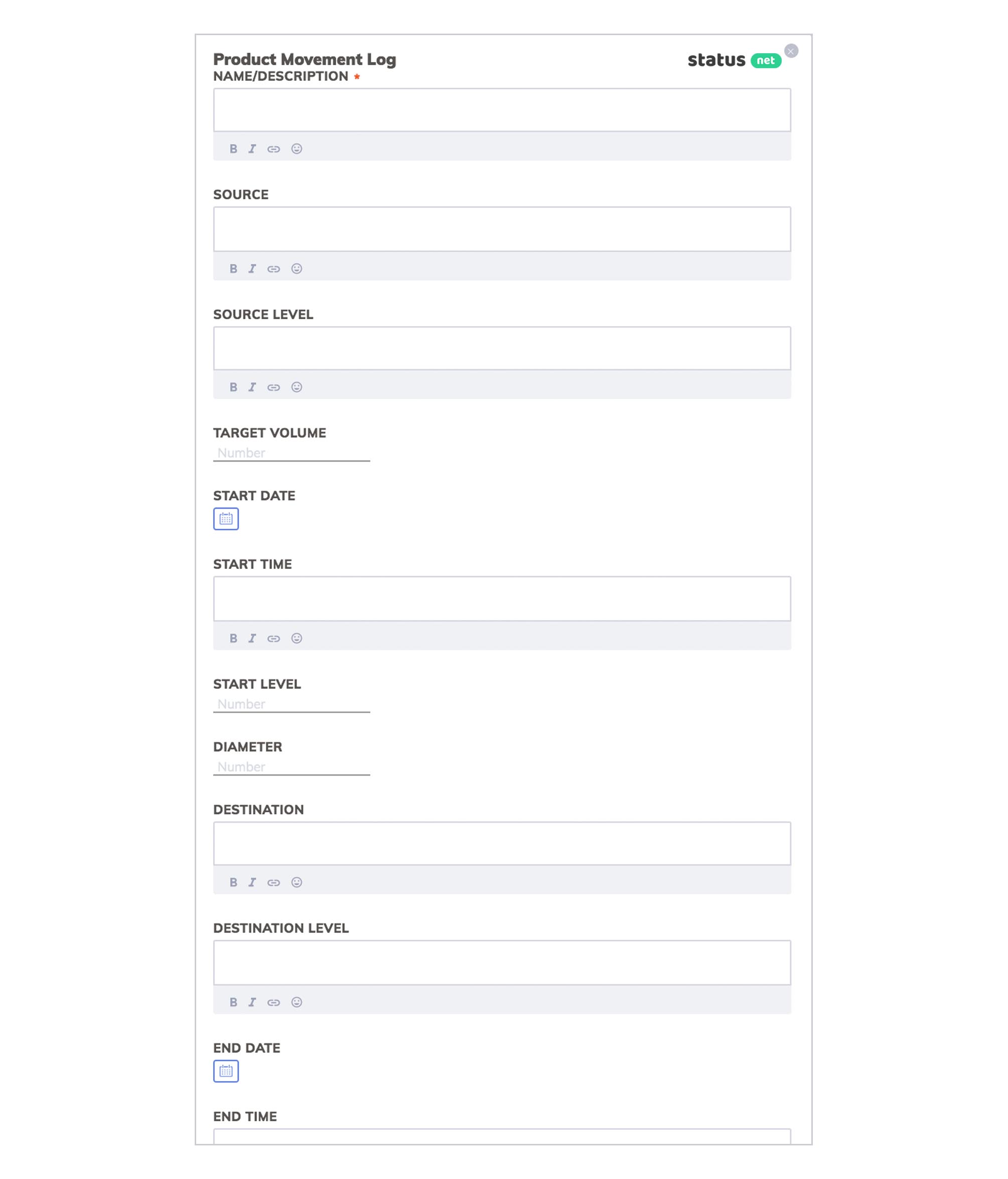

ProsperForms – inventory information management software. Get Started Now
